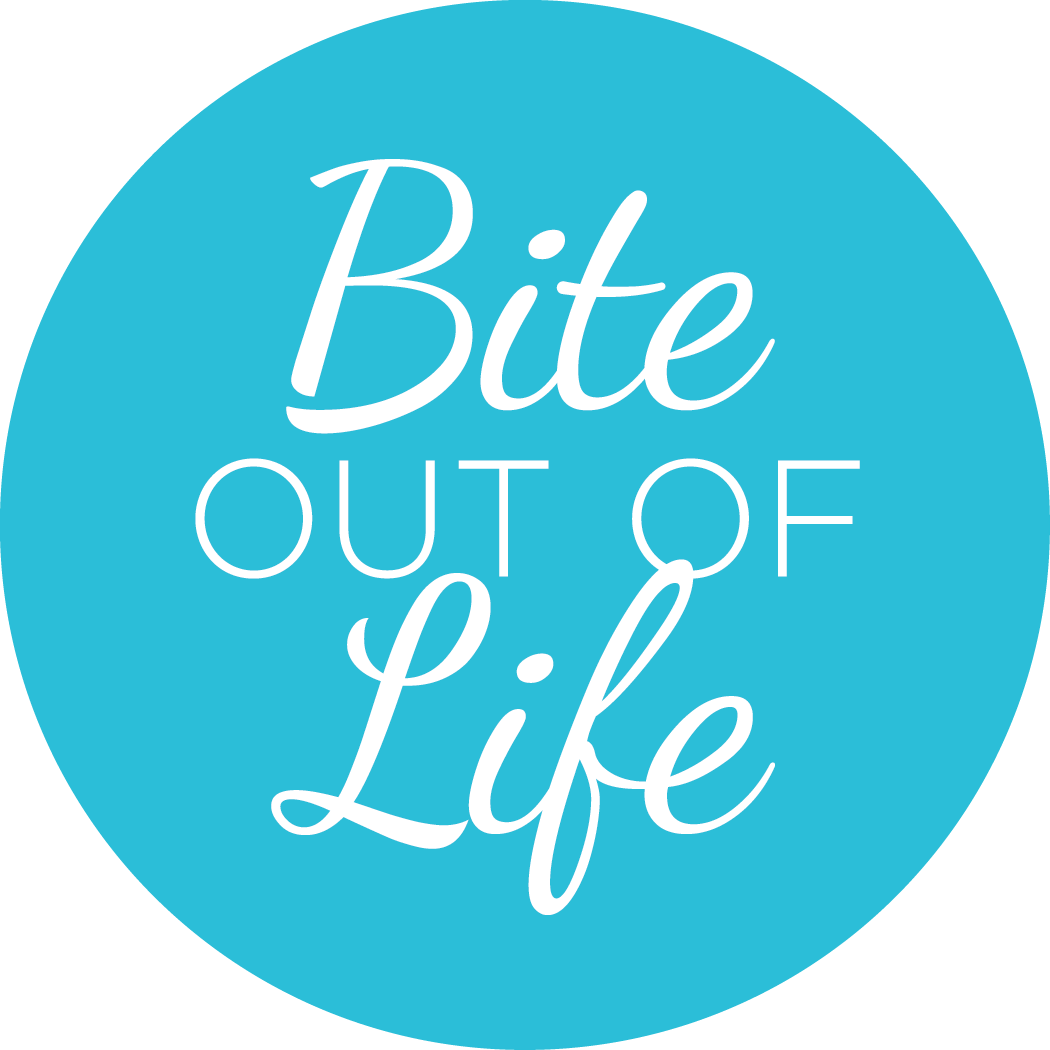
I have a complicated relationship with sugar.
I like it – well, who doesn’t, right?
My brain was trained from a young age to see sugar as something rewarding, comforting, exciting and even forbidden. Food manufacturers didn’t help as they amped up kids’ cereals with ‘frosting’ and removed fat from everything. Which then required increased added sugars in order to preserve flavour and mouth feel.
I am not addicted to it – addiction is a topic for another day as I have many thoughts about how cavalierly that term is thrown around. But I absolutely consider sugar a ‘gateway trigger’ that sets off a trajectory of poor choices when it comes to meals or snacks. For me and for many people I work with in my practice.
Today, both science and good sense tell us to limit sugars – or at the very least, use a smarter substitution for it as often as possible. I work at this with a variety of different strategies because I am well aware that it plays havoc with my sleep patterns, my satiety and hunger index, and my ability to modulate mindless eating (hey – I’m a trained nutritionist and habit-based coach after all).
I also think it’s a sneaky ingredient that shows up waaaay too often in foods that are prepared, processed, or consumed through take-out or restaurant meals without us even knowing the amount we’re consuming.
It seems that the conventional holiday times – Hallowe’en, Christmas, Valentine’s Day, and Easter for example – are particularly fraught with dangling treats in front of us that are laden with added sugars. So, a little refresh of sugar and its impact seems appropriate.
Forewarned is forearmed as they say, yes?
Back to sugar basics
Even though there are many stories circulating out in the blogosphere, on social platforms, or in conventional media about sugar, aside from thinking “maybe I shouldn’t go there” you probably haven’t spent a ton of time wondering what happens to your body after you eat something sugary.
It goes in there with all the rest of the food you consume and keeps you alive – end of story.
Well, nope – that is really just the beginning of the story. There are so many misconceptions floating around about sugars and sugar substitutes and the like that I want to spend the next few blog entries breaking this down, so you get a proper understanding and make the choices that are right for you.
I know I’ve delved into this subject before and if you want to roll it back into the archives and have a look, this is the place to start.
But right here, right now, let’s just get back to basics.
First question: Do we even need sugar?
Sugar – in the form of glucose – is definitely needed to stay alive. Science lesson for today: carbohydrates (of which sugar is one) are the primary source of energy for humans and play an important role in the functioning of the internal organs like the brain, the nervous system, and the muscles.
When we eat carbohydrates, whether it’s a candy bar or a salad (yes – fun fact: veggies are carbohydrates!), our body breaks them down into glucose molecules, and this glucose is a key fuel for us on the daily.
Red flag though – our systems absolutely do not need sugar in the quantity that we are used to consuming in the modern world. And this is where we get into trouble from a physical and mental health perspective.
Just as a note: we can get adapted to using fat for energy – and I’ll be writing about that idea in the near future so stay tuned.
How much sugar do you eat daily?
Before food processing, when sugar was mainly obtained from fruits and vegetables, people consumed about 30 grams per day of it. And let’s be clear – when I’m talking about the concerns with respect to consuming sugar – I am NOT talking about eating whole fruits.
YES, there are sugars in whole fruits, but the total nutrient value for these foods far outweighs the amount of sugar that is included. No one ever ruined their health from eating apples or pears or watermelon or blueberries. If whole fruits were your sole source of sugars, you’d still be doing yourself a favour.
That said, there are times and individuals who can thrive on diets that limit even whole fruits and again, I’ll be documenting some of these dietary options in future blogs. But if you’re curious, you can review what I already wrote about the ketogenic diet here, but keep in mind that this is just one of many eating styles that may be helpful to those who want or need to reduce their sugar intake.
All right – so who eats how much?
Today, an average American adult consumes 76 grams of added sugars a day, which is about 19 teaspoons for men and 17 for women. These stats were derived from studies in 2017-2018. Now, maybe that doesn’t sound like much, right, but it adds up to 60+ pounds of sugar yearly.
In case you think that we in Canada are more sugar-conscious – think again. In 2015, a study showed that the average adult Canadian consumed slightly lower amounts at about 57g per day which nets out at around 14.5 teaspoons or 45 pounds on average.
If you think the amount of sugar we are all consuming has reduced since 2015, don’t bet on it.
For optimal health and disease prevention, the World Health Organization would like to see the number get down to 25 grams a day for both men and women (about 6 teaspoons).
Essentially, this means the average human is consuming anywhere from three to four times as much added sugar as we should be.
High amounts of sugar can wreak havoc on our immune systems, hormones, and digestion. Some of the negative effects are premature aging, weight gain, fatigue, bone loss, mental fatigue, depression, and it is a major contributing factor to diabetes, heart disease, and cancer.
We need to take note. And more importantly, we need to take action.
How much sugar do you consume in a day?
At first thought, you probably think, “not that much.” Let’s have a look at what a person who might just be following the Standard American Diet (SAD) might take in on a daily basis.
For example, say you begin your day with a bagel with peanut butter and a single-serve strawberry yogurt – for a total of 33 grams of added sugars.
At mid-morning you have a large cup of coffee from your favorite coffee shop (double/double) – 34 more grams.
For lunch you decide to go easy on the calories, so you have a salad with Italian vinaigrette and a slice of whole wheat toast – that’s another 14 grams.
For an afternoon pick-me-up, you have a can of pop – 39 grams of sugar. Not much different than that cup of coffee, right?
And then for dinner, you have some pasta with grilled chicken and store-bought tomato sauce – that’s 9 grams for the sauce and likely another 2 for the pasta.
The GRAND TOTAL: 130 grams of sugar or 31 teaspoons (roughly ¾ of a cup)!
Even keeping in mind that some of these sugars are derived from nutrient dense carbohydrates like the veggies in the salad, the carb count of the pasta and breads and the natural milk sugars in the yogurt, that’s an eye-opener for sure.
I can hear you saying, “well of course a Double Double and a pop would be sugar-heavy”, but did you ever think that peanut butter and tomato sauce and yogurt would have so much sugar?
That’s what I mean when I said it’s a sneaky ingredient that can easily hide in all kinds of prepared and processed foods.
So, what’s the best course of action?
Making a singular choice to forego the Hallowe’en candy is one thing – but how do you decipher information when it comes to everyday food products and ingredients?
That, my friends, is my topic for the next blog… we’re going to start peeling back the layers on reading food labels, making smarter choices at the grocery store and as you plan your meals and/or snacks.
Stay tuned, and in the meantime – if you are feeling like you have hopped the non-stop train to Sugartown – know that you can get off at the next stop.
I’ll help you with your baggage (LOL!) – you know, all the myths and facts and emotional ties that you have built up over the years with eating or avoiding sugar.
If you are interested in learning how to implement a low/no sugar lifestyle, reach out and book a no-obligation, no-cost clarity call today.
